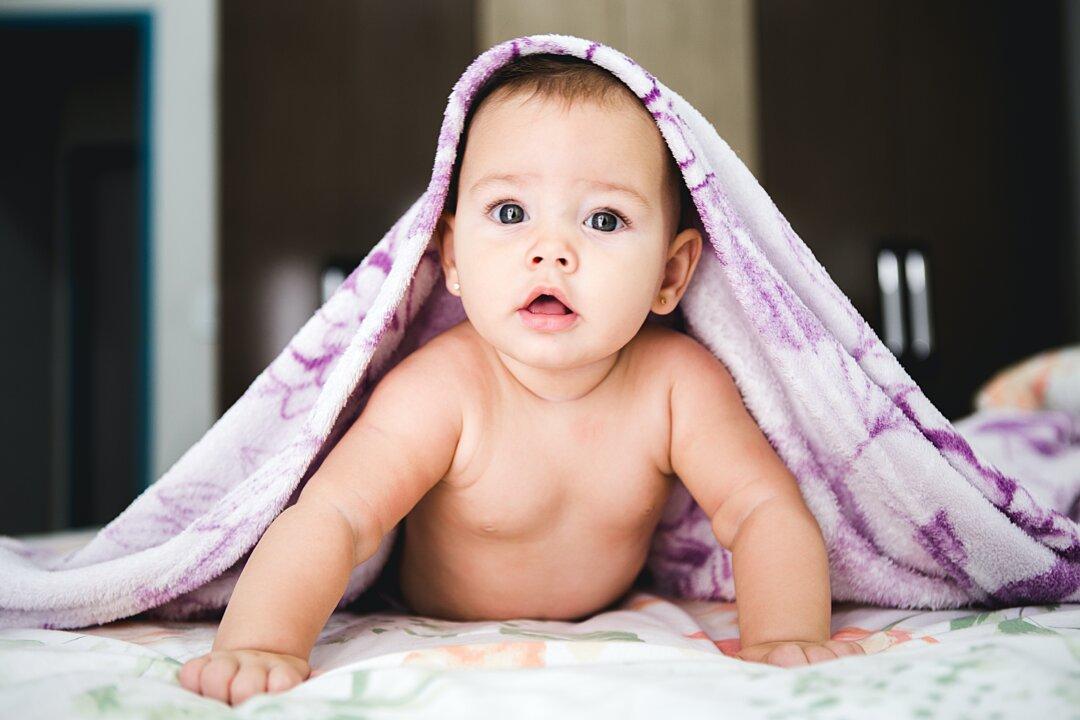Baby Milestones: Gross Motor Development
Throughout the first three years, babies progress from more or less stationary beings with little body control to explorers who can roll, sit, crawl, stand, and walk. They learn how to keep their balance and to throw or catch objects. Once this happens, the main milestones of gross motor development have been achieved.Newborns have motor reflexes to interact with their physical environment. Voluntary movements are also possible but not yet well adjusted.


